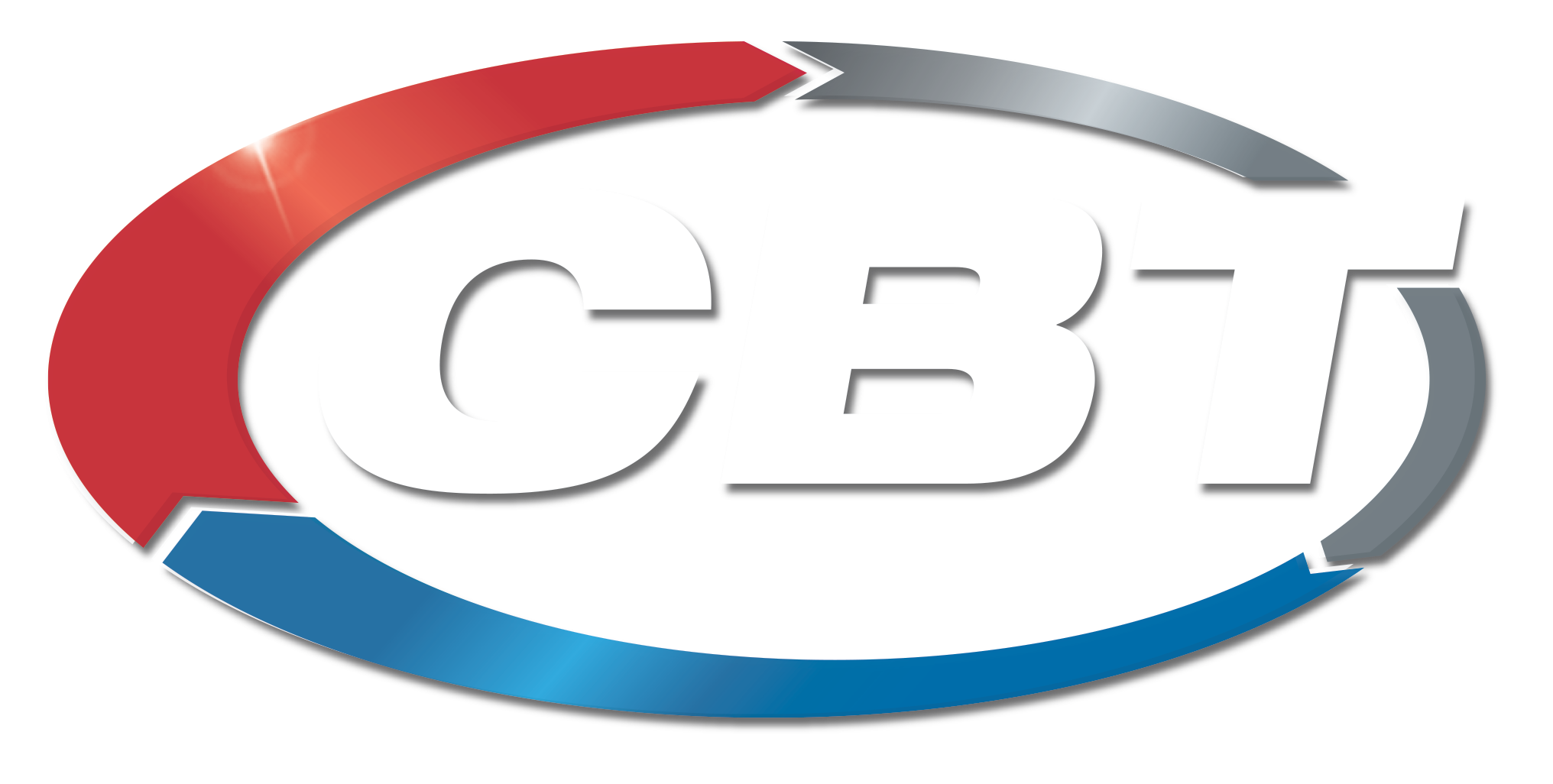What is AI and What Can It Be Used For?
Artificial Intelligence, or AI, has been at the forefront of news cycles lately. Programs and software like ChatGPT have dominated headlines, but what exactly is AI, and does it have a place on your plant floor?
“At its core, AI is high-level statistics,” says Mike Stevens, Director of Digital Enablement. “You take baseline data based on how operations are conducted today. That is your benchmark. Using that data, you can train your AI to find anomalies or predict an outcome.”
The use of AI in manufacturing is wide-ranging, Stevens says. For manufacturers, AI uses can include vision systems for quality control, autonomous control of assets, safety, and predictive maintenance.
“There’s some complexity, but it’s not entirely complicated to put into place,” Stevens explains. “Let’s say you want to take a look at vibration data for simple anomaly detection. You’ll want to first determine the data you want to train your model on. For instance, three axis acceleration and three axis vibration. You will then baseline your data after a week or so of operation and use the trained model to determine what is normal and what is an anomaly.“ In addition to measuring data, AI can facilitate optimal performance.
“You could use it for asset tracking. For example, figuring out the optimal path when moving material in and out of a warehouse,” Stevens explains. “Or using AI with a camera to see if a technician has all the proper safety gear equipped.”
Other fields have begun using AI for their purposes, such as detecting cancer in patients within the medical field.
Acquiring Talent
Like all tools, AI’s capabilities can be maximized via a trained and knowledgeable specialist.
“The AI is only as good as the data,” Stevens says. “There are platforms that make AI easy, but it’s important to have an expert who is knowledgeable about your applications and how to best fit the model and the data to the desired outcome.”
When trying to acquire talent to utilize AI properly, the National Association of Manufacturers suggests investing in upskilling programs to make the AI integration process at your company smoother, develop the talent you already have, and build partnerships with schools to develop talent pipelines to meet your needs.
The more specific applications are needed, the higher skillset needed. And ultimately, AI cannot replace humans.
”You can teach AI to do X. You can teach AI to do Y. However, combining the two may be really difficult for AI, while a human can do it better. You’re going to continue to see humans in roles that center on making decisions and telling stories,“ says Asi Klein, Managing Director of Industrial Products and Organization Transformation at Deloitte Consulting.
Want to know more about how automation applies to your application? Visit our Automation Services page.












